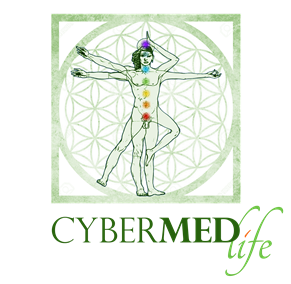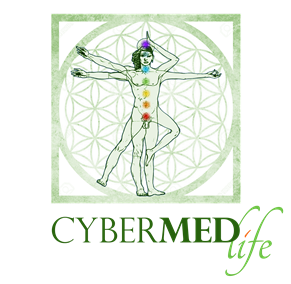 Share on Facebook
Share on Facebook
Physiology of long pranayamic breathing: neural respiratory elements may provide a mechanism that explains how slow deep breathing shifts the autonomic nervous system.
Med Hypotheses. 2006;67(3):566-71. Epub 2006 Apr 18. PMID: 16624497
Augusta Women's Center, 2100 Central Avenue, Suite 6&7, Augusta, GA 30904, USA. This email address is being protected from spambots. You need JavaScript enabled to view it.
Pranayamic breathing, defined as a manipulation of breath movement, has been shown to contribute to a physiologic response characterized by the presence of decreased oxygen consumption, decreased heart rate, and decreased blood pressure, as well as increased theta wave amplitude in EEG recordings, increased parasympathetic activity accompanied by the experience of alertness and reinvigoration. The mechanism of how pranayamic breathing interacts with the nervous system affecting metabolism and autonomic functions remains to be clearly understood. It is our hypothesis that voluntary slow deep breathing functionally resets the autonomic nervous system through stretch-induced inhibitory signals and hyperpolarization currents propagated through both neural and non-neural tissue which synchronizes neural elements in the heart, lungs, limbic system and cortex. During inspiration, stretching of lung tissue produces inhibitory signals by action of slowly adapting stretch receptors (SARs) and hyperpolarization current by action of fibroblasts. Both inhibitory impulses and hyperpolarization current are known to synchronize neural elements leading to the modulation of the nervous system and decreased metabolic activity indicative of the parasympathetic state. In this paper we propose pranayama's physiologic mechanism through a cellular and systems level perspective, involving both neural and non-neural elements. This theoretical description describes a common physiological mechanism underlying pranayama and elucidate the role of the respiratory and cardiovascular system on modulating the autonomic nervous system. Along with facilitating the design of clinical breathing techniques for the treatment of autonomic nervous system and other disorders, this model will also validate pranayama as a topic requiring more research.


